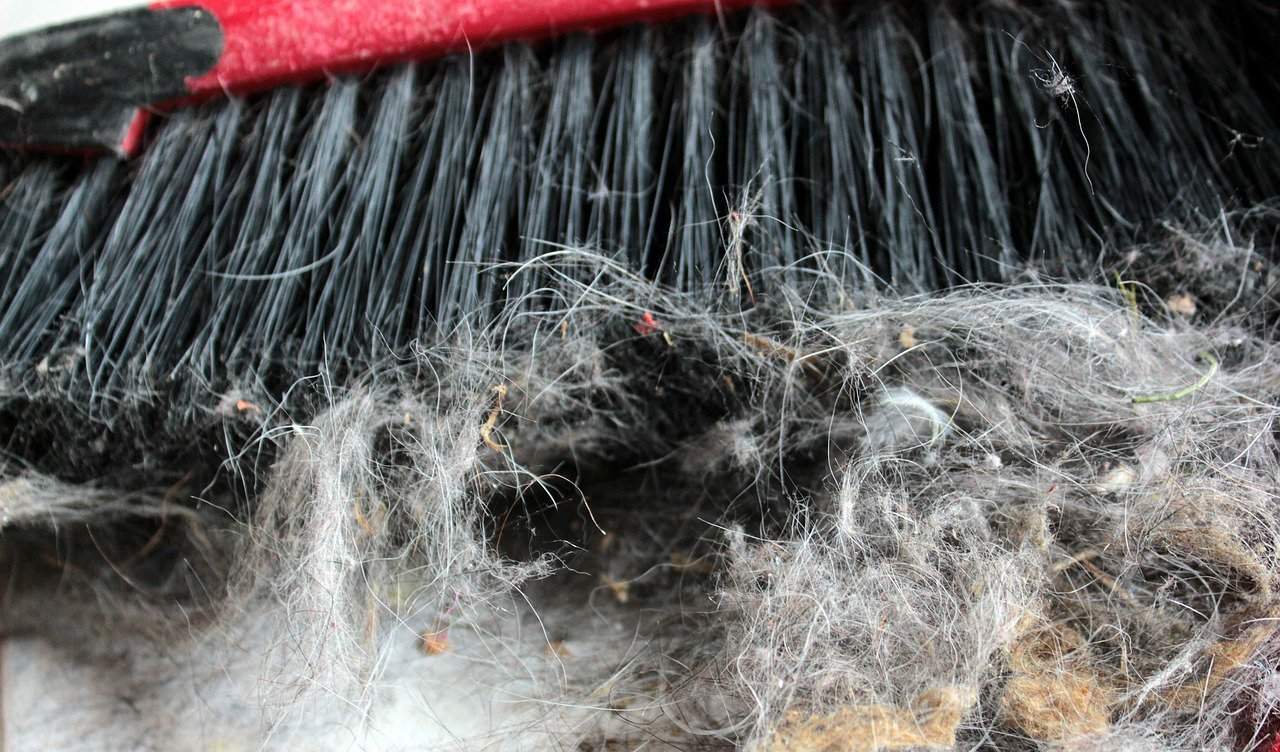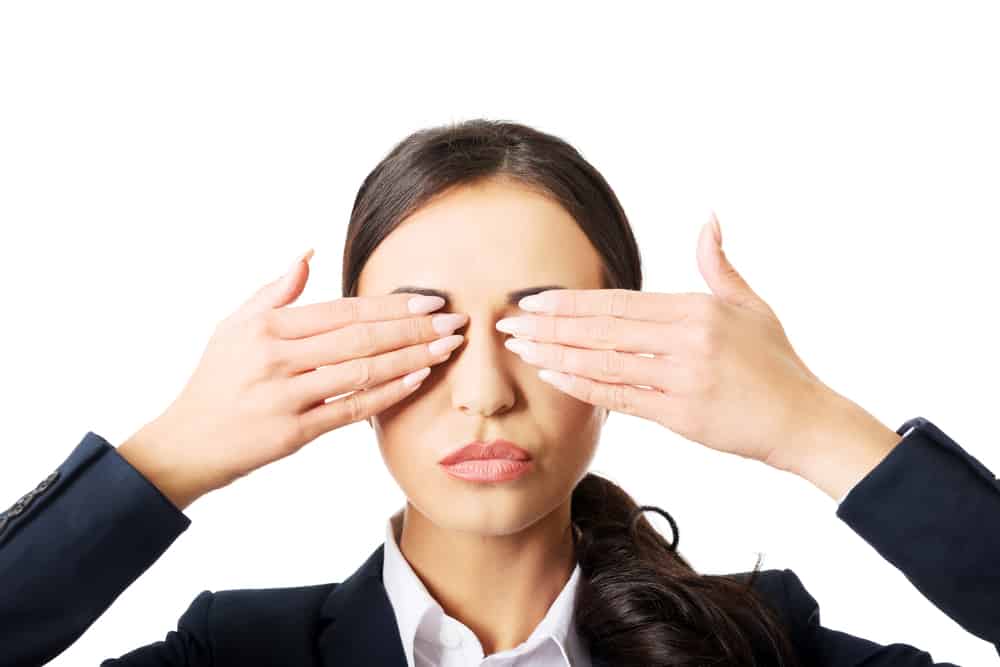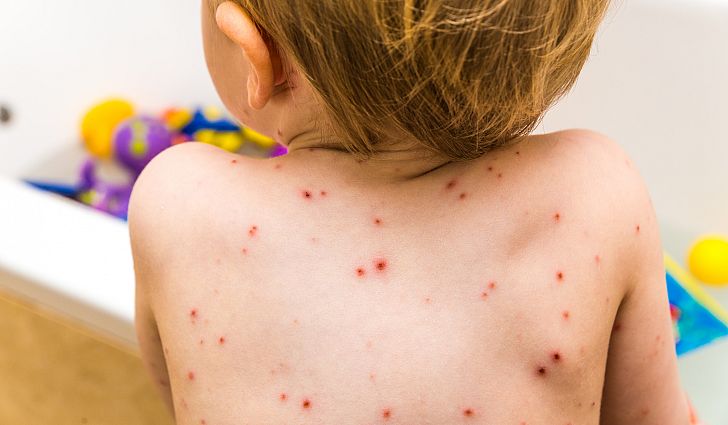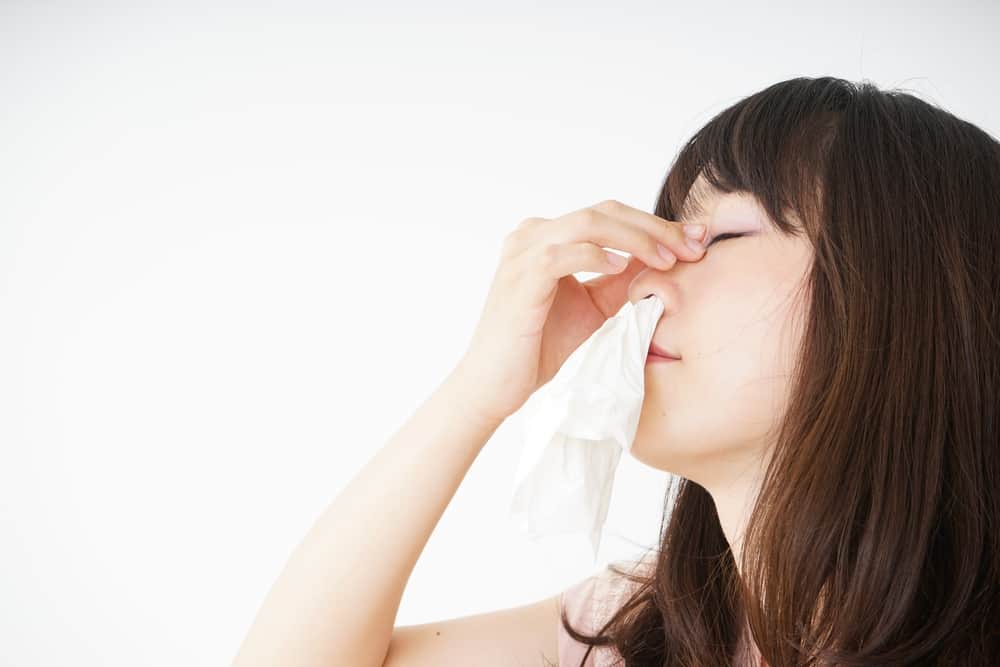Contents:
- Medical Video: Allergy Symptoms & Treatments : How to Cure Dust Allergies
- Symptoms of dust allergy
- Trigger of dust allergies
- 1. Dust mites
- 2. Roaches
- 3. Mushrooms
- 4. Pollen
- How to prevent symptoms of dust allergy
Medical Video: Allergy Symptoms & Treatments : How to Cure Dust Allergies
Dust allergy is a common type of allergy. Allergies occur when our body's immune system overreacts to substances that are actually harmless. Dust is one example of an allergen that triggers the immune system to produce histamine and cause allergic symptoms that you know.
Symptoms of dust allergy
Symptoms of dust allergies are more or less similar to flu and asthma symptoms such as:
- Sneezing
- The nose is congested or runny
- Red, itchy, and runny eyes
- Coughs
- Shortness of breath and chest feels heavy
- Breath becomes short and sounds
- Itching on the skin
This symptom will appear when the patient is exposed to allergic triggers. Those who are allergic to dust usually experience allergies in their own homes or in other people's homes because the triggers for this allergy are usually usually present indoors. Symptoms of dust allergies will also get worse, especially after cleaning such as sweeping or just wiping the furniture. This is because the cleaning process flies dust particles making it easier for inhaled dust particles.
Trigger of dust allergies
Dust allergy is not only triggered by dust as you think, because in the dust you see there may be insects, animal hair, mold, and flower powder. All of these components can trigger allergic symptoms.
1. Dust mites
This animal is one of the main causes of dust allergies. Dust mites are very small. Even a house that looks clean does not mean that it is free from dust mites because dust mites are difficult to clean using the normal cleaning method. Dust mites can live and multiply in warm and humid surroundings. The main food of dust mites is dead skin. Even though it's not visible, our body releases a lot of dead skin every day and becomes a meal for dust mites. The ideal temperature for dust mites is above 21 degrees Celsius with a moisture content of around 75-80%.
Dust mites are rarely found in arid climates where there is very little rainfall, or in areas with low temperatures. Dust mites will also die if the humidity level of the surrounding area is below 50%.
2. Roaches
Some people show allergic symptoms when they are close to cockroaches. The invisible particles found in cockroaches are one of the triggers for a dust allergy to someone. Starting from saliva, body parts, to the results of metabolic discharges on cockroaches can be an allergic trigger.
3. Mushrooms
One type of fungus that can be an allergic trigger is mold. If on your household furniture or between your wardrobe appears like a collection of dust (sometimes it can be white dots or greenish-white bundles that look like cotton), then that is mold which is included in the type of mushroom. This type of fungus can spread spores into the air and trigger allergic symptoms. But there are also types of fungi that are not visible so it is difficult to clean.
Invisible fungi and flying spores are one of the most common triggers for dust allergies after dust mites. Mushrooms usually grow in moist areas such as bathrooms and kitchens.
4. Pollen
Good pollen found in trees, grass, flowers, or other types of plants can trigger allergic symptoms. A person's reaction varies with various types of pollen. Some are only allergic to pollen found in grass, some are allergic to pollen from certain types of trees. Pollen can be carried away by the wind and mixed with dust so that it is easily inhaled by those who suffer from allergies.
How to prevent symptoms of dust allergy
The easiest way is of course by avoiding allergens that trigger allergies. You can do some of the things below to prevent the increasing amount of dust in your house:
- Avoid using furry carpets, especially in the bedroom. You can use a floor made of wood instead of coating the tiles with a furry carpet.
- Clean your house regularly. Use a vacuum cleaner that uses a HEPA (High Efficiency Particulate Air) filter. This type of filter has a filter that can capture various particles that cause allergic symptoms such as dust mites, pollen, even harmful particles from cigarette smoke.
- Cleaning the house should be done when an allergic patient is not at home. It takes approximately 2 hours until the dust is no longer flying after the cleaning process is done.
- Clean bed linen and bolster pillowcases as often as possible and wash using hot water. The bed is one of the favorite places for dust mites because a lot of dead skin is released when we sleep.
- Make sure there is no furniture or parts of the house overgrown with mushrooms or become a nest of cockroaches.
- Keeping pets away from people with dust allergies can also prevent allergic symptoms, because dead skin and animal hair can also trigger allergies.
- You can install a hygrometer, or an air humidity meter, so you can control the humidity in your home. Moist air can trigger the development of dust mites and fungi. Keeping the humidity of the room below 55% can reduce the possibility of fungus growth and dust mites.
READ ALSO:
- Drug Allergy Is Different From Drug Side Effects
- Detect and Overcome Conjunctivitis Allergies (Eye Allergies)
- What you need to know about asthma due to allergies












